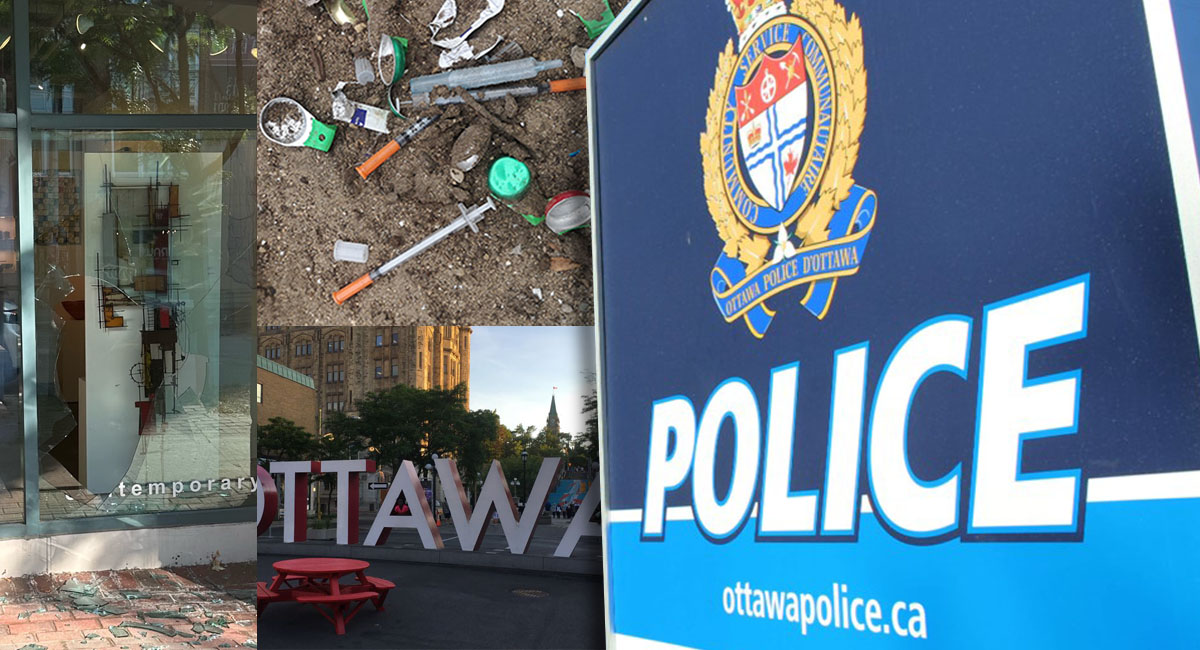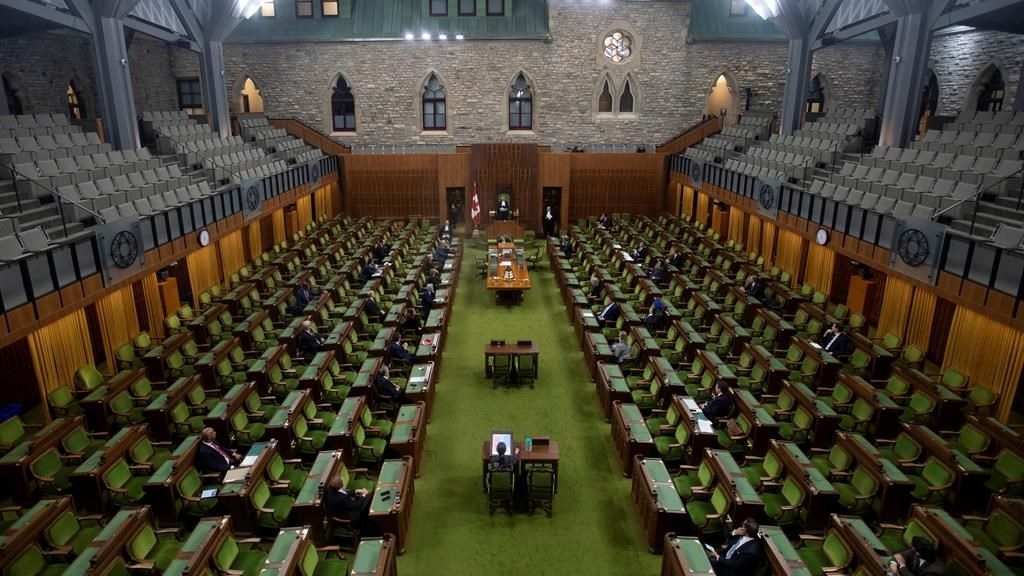
Ottawa Police’s CORE Strategy for ByWard-Rideau Area Receives Delegate Support
The May 2024 meeting of the Ottawa Police Services Board (OPSB) focused primarily on reviewing the progress of implementing the new Community Outreach Response and Engagement (CORE) policing strategy in the ByWard and Lowertown areas.
Unlike last month’s meeting, which saw the participation of three delegates, this month’s session drew eight registered public attendees, presenting a wide array of resident concerns to the OPSB.
Presentations began with Robin Brown, a regular at OPSB meetings. Speaking against the strategy, Brown criticized the CORE policing strategy, which he painted as broadly ineffective and discriminatory, stating that over-policing targets minority communities. He was the only delegate who directly opposed the new policing strategy.
Lowertown resident Bryan Melanson voiced support for the Ottawa Police Service’s (OPS) new strategy for policing the downtown core because he said, “I feel that the rights of drug dealers supersede the right to have a reasonable enjoyment of life.” Melanson called out the “violence, vagrancy, drug dealing, and noise pollution.” He asked that all entities involved in the governance, community support, and enforcement of laws cooperate to solve the addiction issue in Lowertown.
Melanson gave the example of an alleged drug dealer residing in his Ottawa Community Housing building (OHC). The individual has attracted foot traffic and aggressive drug users into the building, causing residents to fear leaving their units. Melanson reported that the individuals allowed entry into his building engaged in drug injection in the stairwells as well as urinating and defecating. The same individuals acted violently toward tenants.
Delegate Christine Vincent, a senior citizen who lives in social housing, also spoke in support of the new policing strategy, voicing fear for her safety due to the violence fueled by drug addiction. Vincent stated that vagrants had assaulted her service dog in the Lowertown area, and a neighbour in a wheelchair had been robbed of their property by a homeless person. Vincent noted that these all occurred within one block of her residence.
Sandra Milton, the Vice President of the Lowertown Community Association, told the board she welcomes the new policing strategy, including the new police location and visibility patrols in the area. Milton shared the experiences of residents of Lowertown, including a nine-year-old who regularly spots needles on the ground, a man who witnessed five overdoses in one block, a woman who was followed and harassed by a man carrying a large stick, and a businessperson who decided to shut down their shop after the theft and continued harassment. Milton’s comments did not elicit any reaction or response from the OPSB members.
In a similar vein, area resident and landlord Brigitte Fontile spoke to a climate of general violence and asked for solutions. She stated that she finds needles and crackpipes in her yard and has experienced aggression from vagrants that includes banging on her window and aggressive yelling and harassment to the point where tenants have asked to break their lease out of concern for their safety.
Several more delegates from Lowertown, including Ms Pat Hurley and Louise Malette, also supported the proposed plan. Both are long-term residents of the market and stated that safety for residents has deteriorated drastically.
Delegate Natalie Bergin from Trace the Lace, an organization of three mothers who have lost children from contaminated drugs, said she supported the proposal but also asked for changes in “how we are responding to the drug overdose pandemic.” Bergin said that the police response to overdoses victimizes drug users and their families. Bergin recalled finding her deceased son, who had taken a dangerous Benzo that he had been told was Xanax. Bergin asked that the OPS target drug dealers in a more heavy-handed manner to keep citizens safe.
The OPSB was briefed on the CORE strategy, which will be fully implemented this summer. The OPS’s Anita Grace told the board that crime in this area is 3.5 times higher than the city average due to several factors, including addiction, homelessness, cost of living, and mental health. She explained that the CORE plan involves increasing the police presence in the region while also focusing on partnering with neighbourhood associations, BIAs and NGOs to improve community outreach.
The OPS representative, Acting Sergeant Paul Stam, cited the effectiveness of targeted ‘hot-spot policing’ and pointed out that crime is concentrated among a small number of highly active offenders who account for 50 percent of the crime in the city but make up only 10 percent of all offenders. Stam said that these offenders are part of a small minority of dangerous offenders who contribute to high-harm offences that affect the unhoused community as well as the general populace.
The OPS plans to deal with these offenders by involving more community outreach with local organizations in addition to enhanced enforcement.
The Ottawa Police Services Board is scheduled to meet again next month on June 24th.










